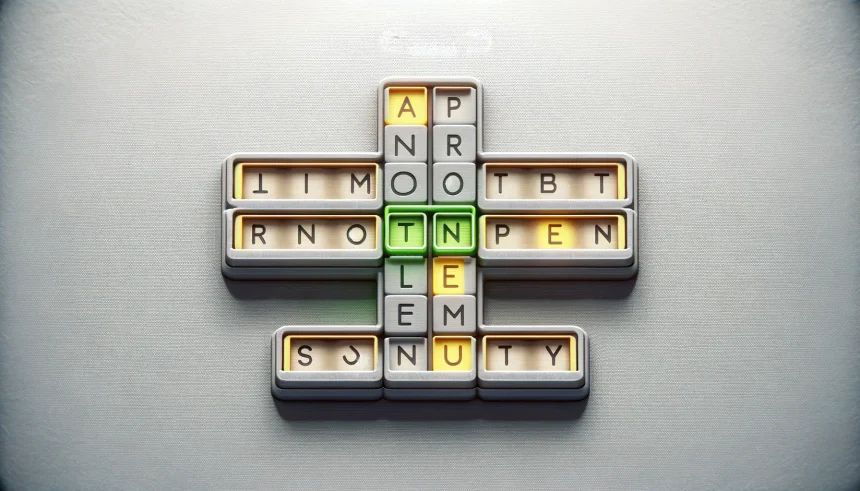Wordle enthusiasts faced a new challenge today as the popular daily puzzle offered fresh clues for its August 18, 2025 edition. The word game, created by Josh Wardle and now operated by The New York Times, remains a staple in many players’ routines, drawing attention with each puzzle. As the community of solvers grows, participants increasingly look for subtle hints and engaging strategies to arrive at solutions in fewer attempts. Today’s clues encouraged players to consider repeating letters and focus on vowels, amplifying interest in the puzzle-solving experience.
Wordle’s approach to providing daily hints and progressive clues mirrors previous coverage in gaming news. Over time, the emphasis has shifted from surprise to predictability, as players now expect hints about letter patterns, vowel frequency, or the answer’s starting letter. Earlier reports on Wordle’s rise described it as a social phenomenon, with widespread sharing of daily results and strategies. Notably, sustaining engagement through subtle variation—like the focus on repeated letters today—has become a common method for maintaining user interest.
What Clues Guided Players Today?
Gamers received several hints to aid their guesses, including references to word themes and letter composition. Today’s puzzle, connected to topics such as magazines and subjects, was further clarified by indicating a repeating letter and stating that the word began with “I.” Additionally, players learned that the answer contained more vowels than consonants. Such clues provided incremental guidance, giving both new and experienced players a fair chance at reaching the solution without direct disclosure.
Which Brand and Product Led the Experience?
Wordle, under The New York Times’ brand and stewardship, continues to update its strategies for helping users. The company regularly reminds players,
The daily answers, edited by Tracy Bennett, are still a good mix of common terms and tougher challenges.
This reflects their intention to balance challenge and accessibility. The format encourages routine participation, helping maintain Wordle’s strong presence among digital puzzle offerings, especially alongside other games like Connections and classic crosswords.
How Do Players Respond to These Hints?
User feedback often highlights the role of clues in enhancing enjoyment and learning. Many solvers appreciated the gradual reveal, seeing it as a way to keep the game competitive but not frustrating. As The New York Times notes,
There will always be the occasional day where the answer is obscure enough to send everyone rushing off to a dictionary.
Daily variations—in structure and challenge—help engage a diverse audience. The balance of support and difficulty remains key for Wordle’s popularity.
Today’s answer, “ISSUE,” fit the pattern of previous solutions by including repeating letters and having a clear thematic link to current events or publication topics. Unlike some days when answers are obscure or technical, today’s solution was widely recognizable. Players accustomed to prior strategies, like starting with common vowel-rich words, likely found success quicker. As with other recent puzzles such as “IMBUE” or “KNELL,” the answer selection continues a trend of alternating between familiar and less common terms to keep skill levels engaged.
For players seeking insights into daily puzzle-solving, today’s Wordle offered an example of how deliberate lexical clues and frequency patterns guide the process. Solutions that include repeated letters or vowel-centric structures often challenge familiar strategies, reminding solvers to adapt. Observing recent trends—where answers swing from uncommon words to general themes—enhances one’s ability to anticipate upcoming puzzles. Casual players and dedicated fans alike benefit from monitoring hints’ progression, as it can inform better guesswork and refine their analytical approach. Looking forward, keeping track of answer patterns and clue types may improve both individual performance and overall engagement with the game.
- August 18’s Wordle answer was “ISSUE,” guided by clear thematic hints.
- Hints emphasized a repeating letter and a majority of vowels present.
- The gradual clue system aims to balance challenge and accessibility.










